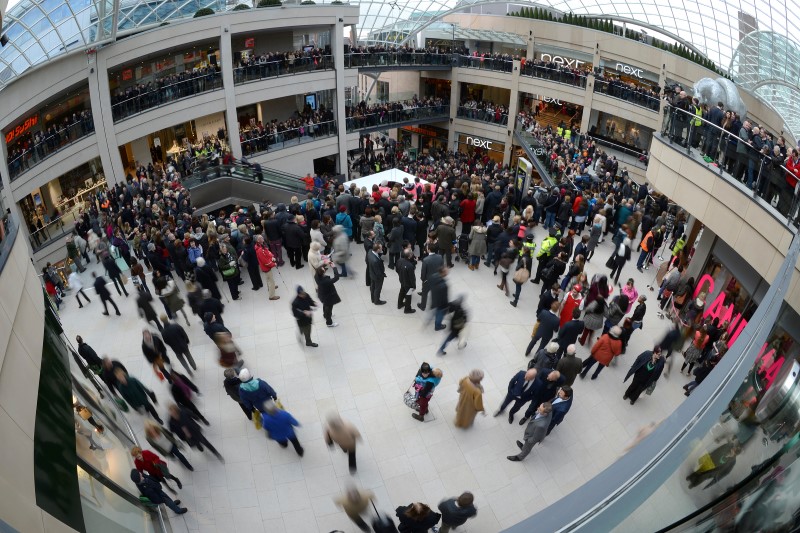Eurozone Inflation Aligns with Expectations, Deutsche Sees More Rate Cuts from ECB
Investing.com -- The Harmonized Consumer Price Index (HICP) inflation in the Eurozone increased by 2.44% year-on-year and 0.1% month-on-month in December, in line with expectations. This figure is slightly higher than the 2.24% rate from the previous month. The core HICP, excluding volatile components like food and energy, also matched expectations with a year-on-year increase of 2.7%.
Energy prices, which frequently affect inflation rates, made a significant contribution to this rise. However, this impact is not expected to concern the European Central Bank (ECB). Service prices showed a stronger-than-expected increase, rising by 4.0% year-on-year, while goods prices increased by 0.5%, slightly below expectations.
On a country basis, Germany reported an annual inflation rate of 2.9%, above expectations. This primarily stemmed from the rise in core inflation, but changes in the Consumer Price Index (CPI) calculation method in December have made it challenging to discern clear trends. In contrast, inflation data from Italy and the Netherlands did not meet expectations and balanced the overall inflation figures for the Eurozone.
Deutsche Bank analysts commented on the inflation data, noting that the ECB’s approach to policy-making is focused more on broader economic trends rather than individual data points. They observed that the annual rate of service inflation remained around 4%, but there was a slowdown in the momentum of service price increases. Domestic inflation remains high but is beginning to slow, and wage growth is also becoming more moderate.
Deutsche Bank maintains an optimistic outlook, anticipating that the slowing pace of service inflation will contribute to a decline in overall inflation rates. They expect HICP inflation to fall below the ECB’s 2% target starting in February. If these projections hold true, the ECB could potentially adopt neutral-to-under policy interest rates by 2025.
Economists concluded that the absence of any significant negative surprises in today’s inflation figures supports the expectation that a cautious policy easing by the ECB in its January meeting is the most likely course of action.


